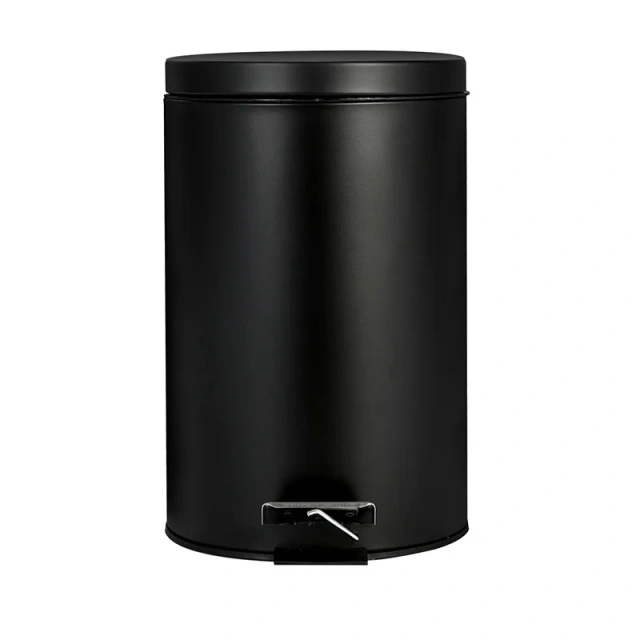Indoor play areas have become an essential part of creating safe, engaging, and stimulating environments for children. These spaces provide more than just entertainment—they encourage creativity, physical activity, and social interaction in a controlled setting. With a focus on customization and innovative designs, modern indoor play areas cater to a wide range of age groups and developmental needs, making them an invaluable resource for both children and their families. As the demand for safe and educational play spaces continues to grow, indoor kids play areas are evolving to prioritize safety, learning, and fun.
Table of contents:
The Importance of Educational Features in Indoor Kids Play Areas
How Interactive Playgrounds Can Foster Learning Through Play
Designing Indoor Play Areas that Appeal to Both Children and Parents
The Importance of Educational Features in Indoor Kids Play Areas
Indoor play areas have become essential spaces in modern family communities, serving as more than just a source of entertainment for children. These environments provide a safe and structured way for kids to engage in activities that support their development while letting parents enjoy peace of mind. By incorporating educational features, such as puzzles or interactive exhibits, indoor kids play areas can blend fun with learning, satisfying both the need for play and intellectual growth. What makes these play zones truly special is their ability to foster creativity and problem-solving, encouraging children to explore their surroundings through unstructured, imaginative play. Suppliers like Tongshuo specialize in creating customized indoor play areas that are designed to ignite curiosity. From themed designs like jungle adventures or ocean explorations to specially crafted equipment for supporting motor skills, these tailored spaces make it easy to align the play experience with educational goals. By offering quality-certified, durable, and safe play structures, indoor play area suppliers like Tongshuo provide environments where children can run, jump, and climb with confidence, knowing safety standards are being met.
How Interactive Playgrounds Can Foster Learning Through Play
The integration of interactive playground equipment takes this experience to the next level by engaging children in immersive activities. Imagine kids interacting with touch screens that showcase educational games or navigating obstacle courses that double as physical exercise and mental challenges. This focus on interactivity not only keeps children engaged but actively contributes to cognitive development. For example, features like climbing walls promote problem-solving, while ball pits with vibrant color schemes help enhance sensory stimulation. These thoughtfully designed activities underline the role of play in childhood learning by combining exploration with structured educational themes. Furthermore, successful indoor kids play areas also stand out because they appeal to parents as much as children. Seating areas, accessibility, and modern safety features make it convenient and reassuring for adults who want to participate or simply observe. It’s a shared experience that brings families together, setting indoor play areas apart as spaces where quality time meets innovation.
Designing Indoor Play Areas that Appeal to Both Children and Parents
Creating indoor play areas that cater to both children and parents requires a careful balance of fun, functionality, and inclusivity. For children, the space should spark imagination and provide varied opportunities for active play, creative exploration, and sensory engagement. This can be achieved through innovative designs like themed zones, interactive installations, and features that cater to different age groups or developmental stages. On the other hand, parents value spaces that prioritize safety, cleanliness, and convenience. Clearly defined play areas with padded surfaces, enclosed spaces for toddlers, and enhanced visibility ensure peace of mind. Comfortable seating, charging stations, and café areas allow parents to relax or get work done while their children play. By integrating thoughtful design elements, such as calming colors or soundproofed zones for quieter activities, indoor play areas can cater to a wide range of preferences. Ultimately, these spaces succeed when they foster an environment where children thrive, and parents feel welcome and accommodated.
In conclusion, well-designed indoor play areas are more than just recreational spaces—they are essential hubs for learning, growth, and community interaction. By prioritizing thoughtful design, quality materials, and a focus on children’s needs, these spaces can transform any indoor facility into a vibrant and engaging environment. Investing in indoor play areas is an investment in the well-being and development of children, fostering positive experiences that leave lasting impressions for years to come.

No comments:
Post a Comment